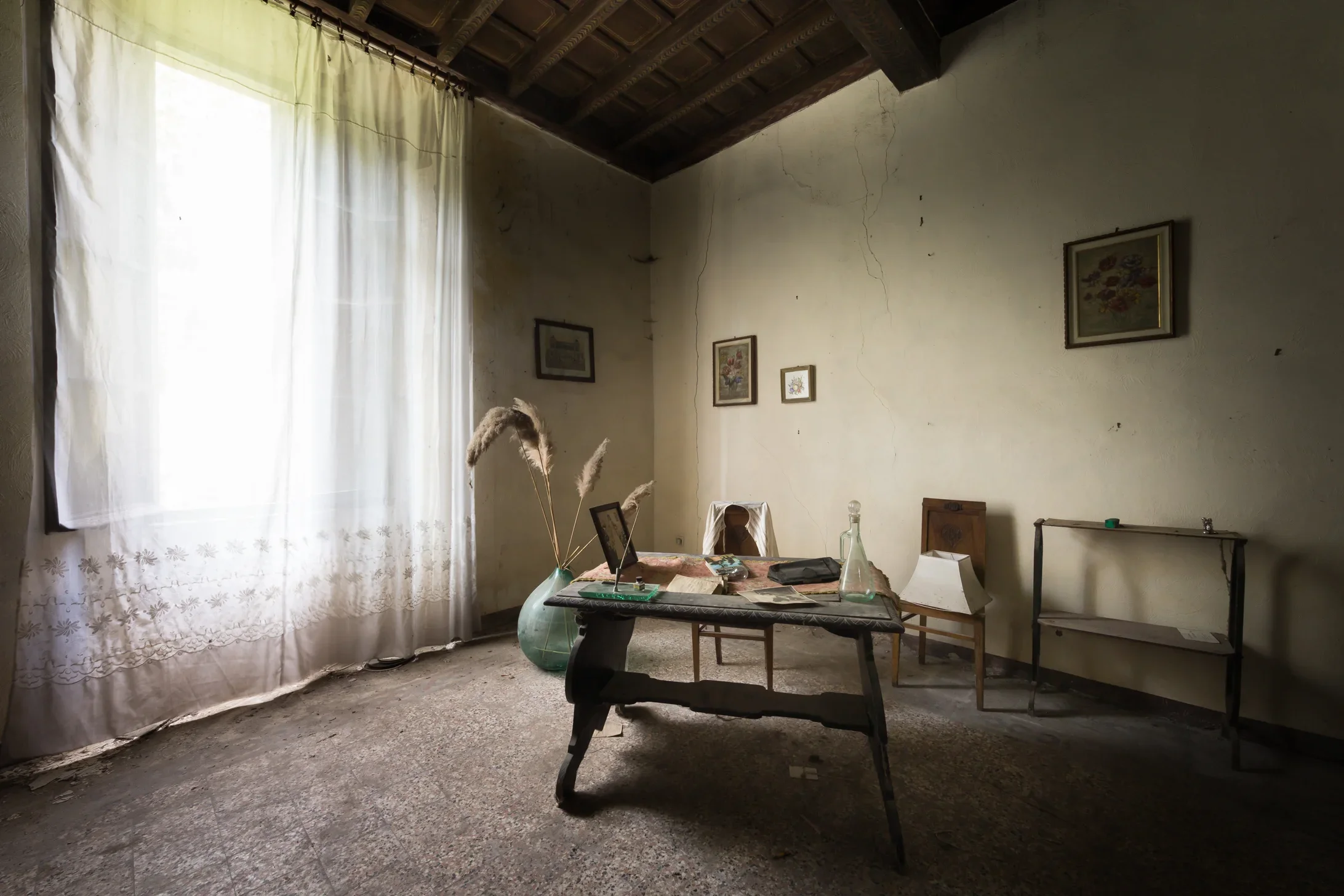Long before the Gonzaga family ruled Mantua, the lands around Portiolo, deep in the Po Valley of northern Italy, belonged to Matilda of Canossa. Around the year 1100, she donated much of the area to the monks of San Benedetto in Polirone, one of the most influential abbeys of medieval Europe.
The flat, fertile landscape — full of water, game, and silence — would later become the perfect backdrop for noble retreats and hunting estates.
During the 15th and 16th centuries, as the Gonzagas rose to power, they transformed these lands with villas and rural palaces. Among them stood the Corte di Portiolo, which would later be known as Palazzo Gonzaga di Vescovato — a blend of fortress, farm, and noble residence.
The Golden Age
Originally built as a fortified rural court, the villa evolved over time into a noble country residence. The Gonzagas used it for hunting trips, countryside gatherings, and quiet escapes from Mantua’s court life.
Historical accounts describe geometric gardens, elegant arcades, and frescoed halls, where noble guests enjoyed the pleasures of the Renaissance. Architecturally, it mirrored the refined simplicity of the Lombard plain: a large central building flanked by symmetrical wings and inner courtyards.
By the 17th and 18th centuries, the estate had passed to a minor branch of the Gonzaga family. The splendor of Mantua was fading, and with wars, debts, and political decline, so too faded the fortune of this once vibrant retreat. Yet the building endured.
Decline in the 19th Century
During the 1800s, the palace gradually lost its noble function. Parts of it were converted into barns, granaries, or housing for farm workers. Still, much of the structure remained intact: wooden ceilings, ornate staircases, and faded frescoes.
After World War II, the estate was still inhabited by local families. The last resident, according to local lore, was an elderly woman who refused to leave her home. She lived there alone until the 1960s, when the palace finally fell silent. I’m honestly not super sure of this information. Other clues, suggest that there still was a family living here until an eartquake occured in 2012, in all the Mantua’s area.
Abandonment and Legend
In the decades that followed, time and humidity reclaimed the walls. The plaster peeled away, the floors sank, ivy crept through the windows.
By the early 2000s (maybe 2012, after the family left), the site had become a pilgrimage spot for urban explorers — photographers and adventurers drawn to its haunting beauty. Online, it earned a kind of cult status.
The Present
In recent years, authorities have secured and partially restored some areas to prevent further collapse. Access is now restricted, but the building remains one of the most fascinating Gonzaga residences precisely because of its authenticity — half ruin, half relic of lost grandeur.
A Symbol of the Mantuan Plain
Today, those who approach the site can still see the weathered façade, the shuttered windows, and the archways choked by vines, imagining the carriages that once crossed its courtyard.Palazzo Gonzaga di Vescovato stands as a quiet monument to the rise and fall of Renaissance nobility.

